Day 13 - Haa Festival - Sacred Dances in the Rain
The journey from Paro to Haa Valley proved to be one of our most dramatic drives yet. Climbing to 3,998 meters at the Chele La Pass, we crossed into a different world before descending for 1.5 hours into the remote Haa Valley. The landscape unfolded beneath us, watched over by the imposing Meri Puensum—three sacred hills that dominate every view in the valley.
The Divine Trinity
These aren't ordinary peaks. In Vajrayana Buddhism, they're worshipped as the physical embodiment of the Rigsum Gonpo, or "Lords of the Three Families"—three of the most important protective deities:
Jampelyang (Manjushri), the Buddha of wisdom. Chenrizig (Avalokiteshvara), the Buddha of compassion. Chana Dorji (Vajrapani), the Buddha of power and victory.
Together, these three sacred mountains form a protective triangle over the valley, blessing all who dwell beneath them. Legend tells that when the valley needed temples, people magically emerged from these three hills to build them. These mystical builders completed their divine task before returning to the mountains, leaving behind the sacred structures that still stand today.
Farmhouse Lunch
Our authentic farmhouse lunch provided a warm respite from the rain. Served by an extended family, the meal embodied Bhutanese hospitality. We savored hearty soup, an array of fresh vegetables, tender slow-cooked beef, and of course, the ubiquitous *ema datshi* - the chili cheese dish that appears at every meal and can always be requested if absent. The flavors were pure and honest, tasting of tradition.
Rain-Blessed Festival
The rain fell steadily throughout the day, with only occasional breaks. But this didn’t dampen anyone’s spirits - not the dancers who continued their sacred movements, nor the spectators who stood watching with umbrellas and devotion. In Buddhist tradition, rain during a festival is often seen as auspicious, a blessing from the heavens.
As the day drew to close, we learned that tomorrow brings another festival, three hours’ drive away.
This journey through Bhutan continues to reveal itself as much more than a tour - it’s an immersion into living spirituality, where ancient traditions pulse with contemporary life, and every dance tells a story centuries old yet eternally relevant.

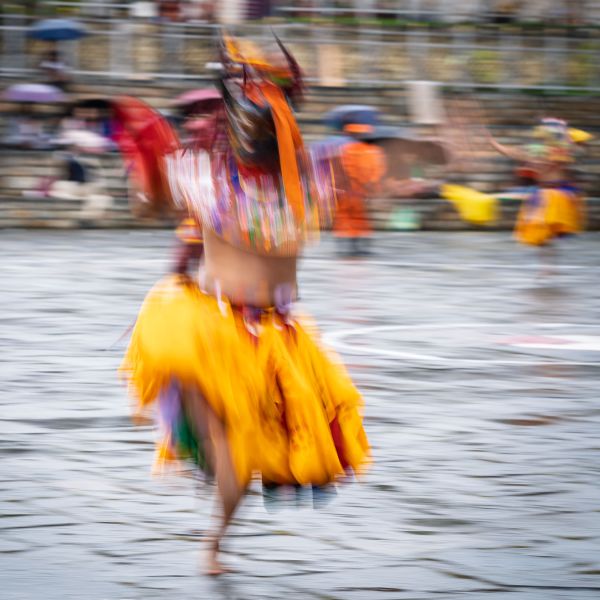
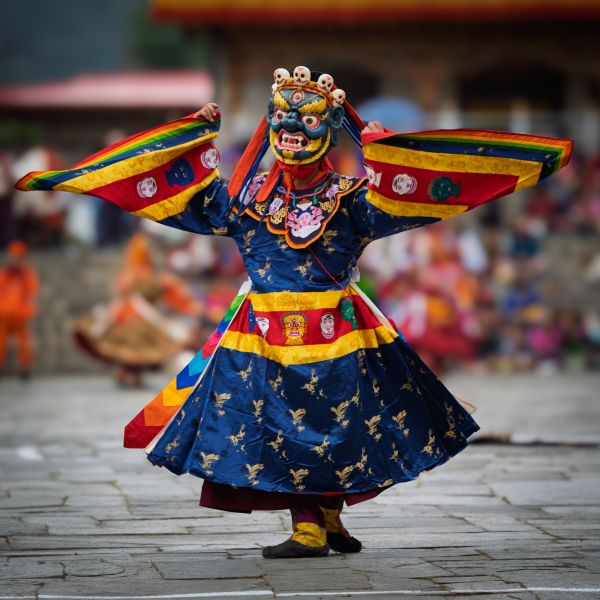
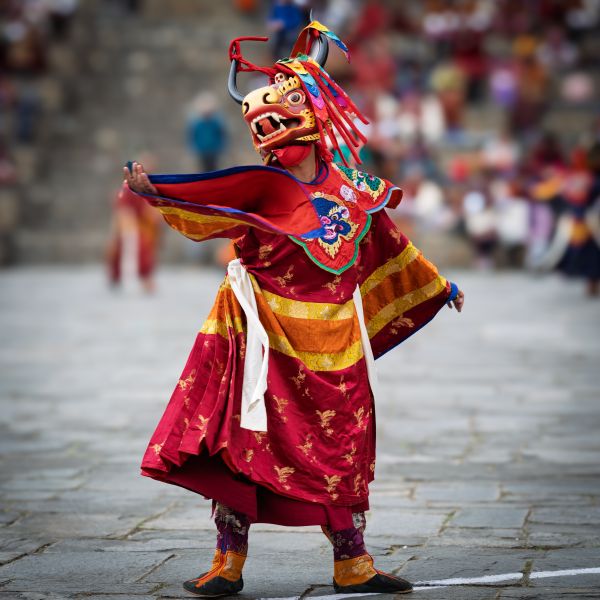
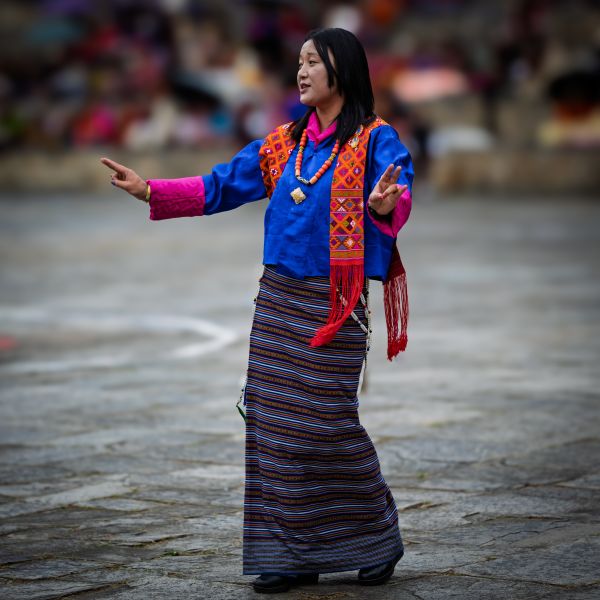
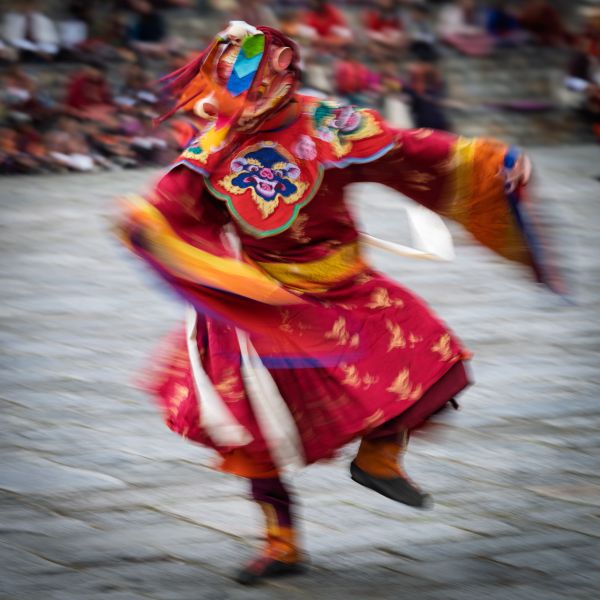
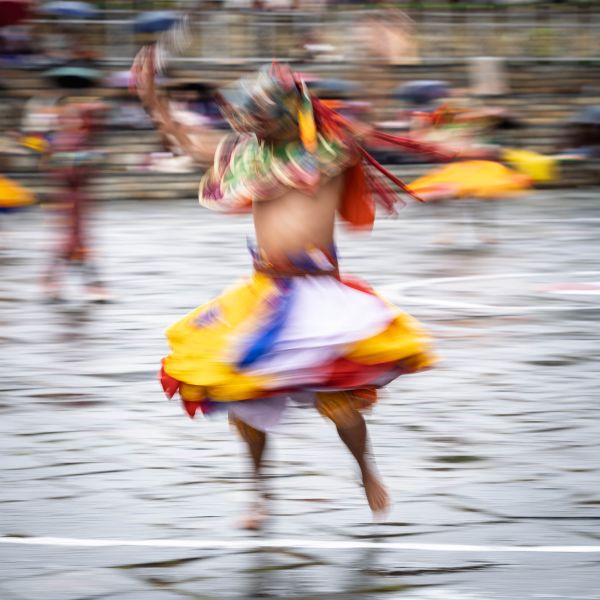
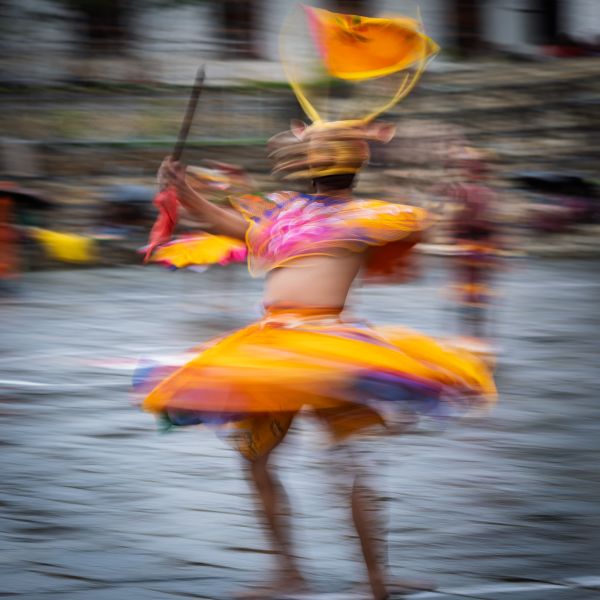
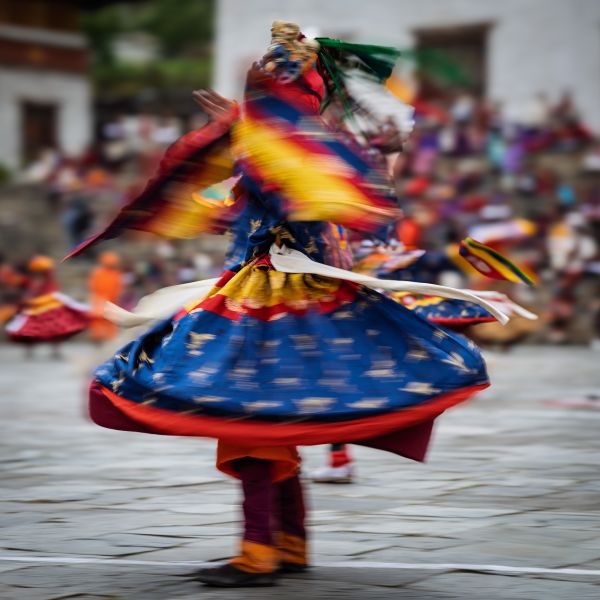
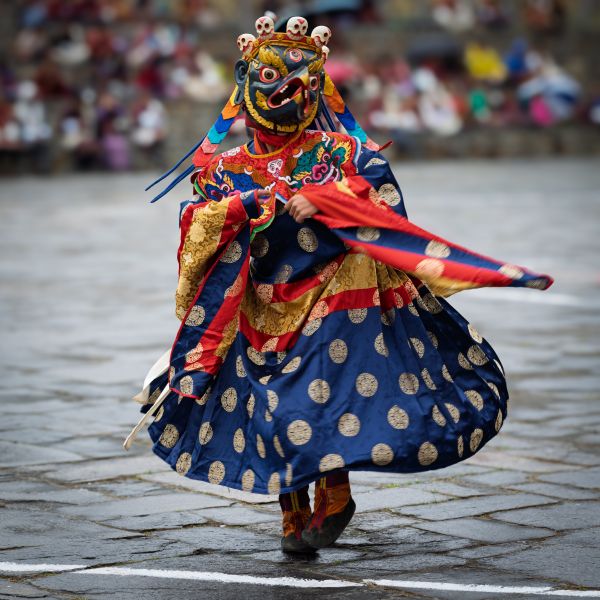
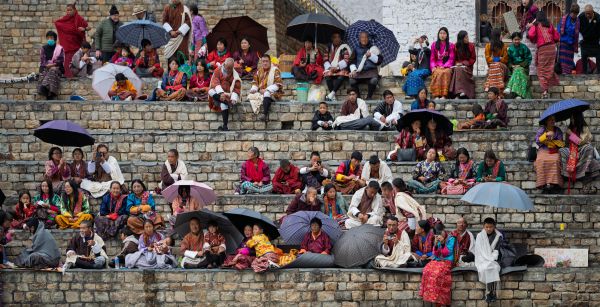
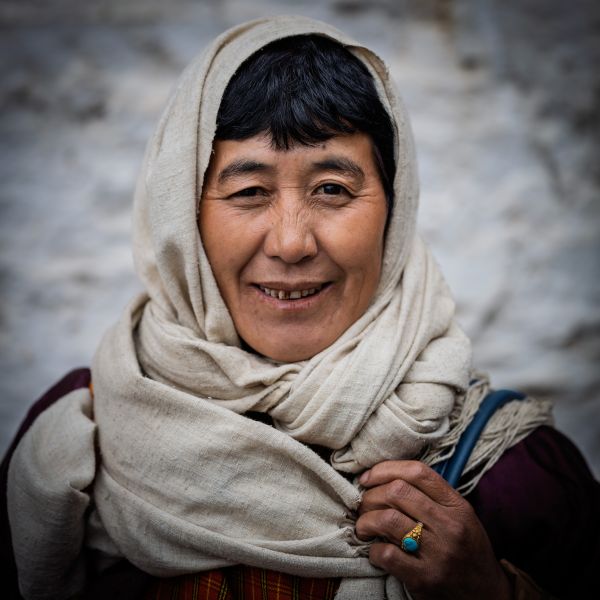
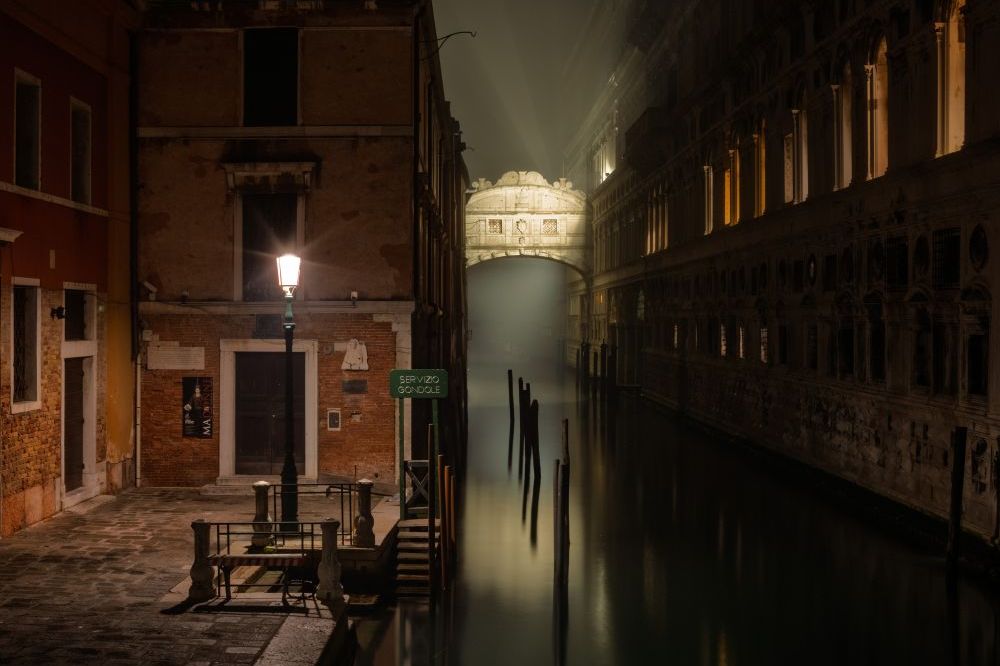
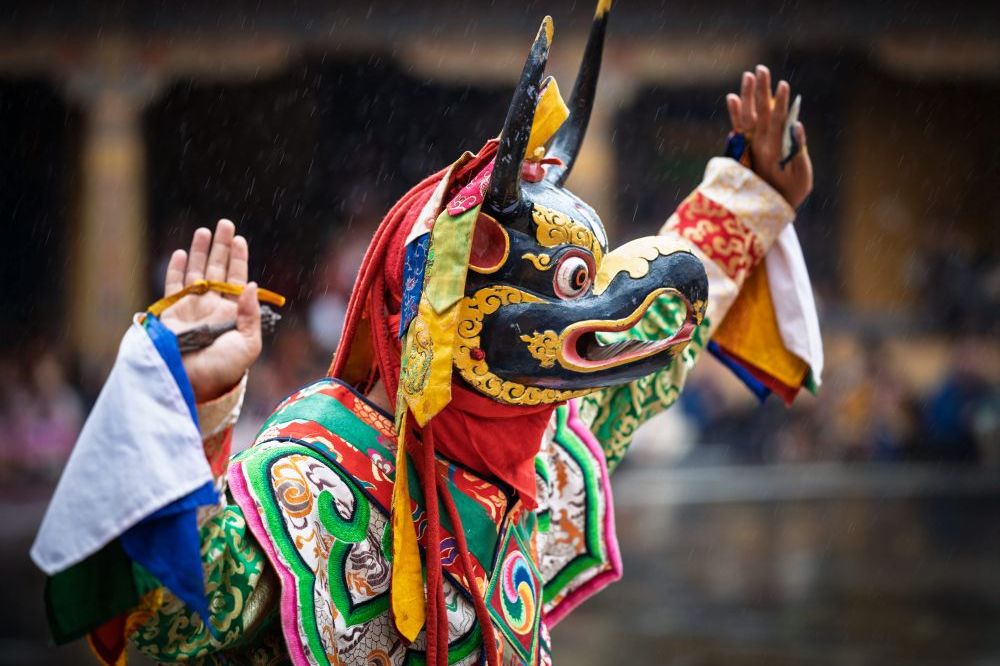
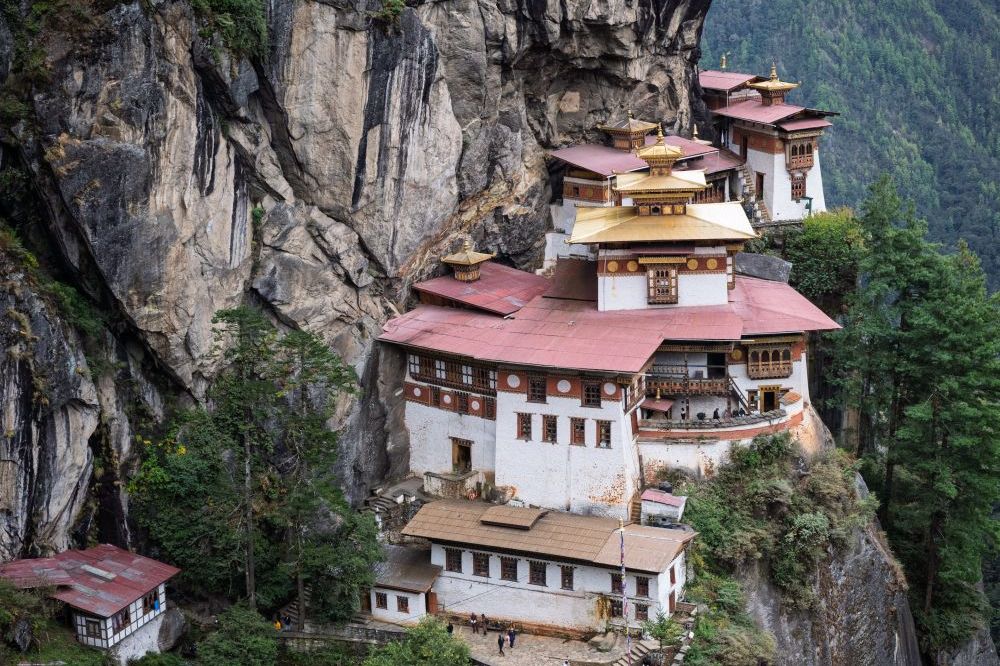
Leave A Comment
Please submit your comment below. No registration required.